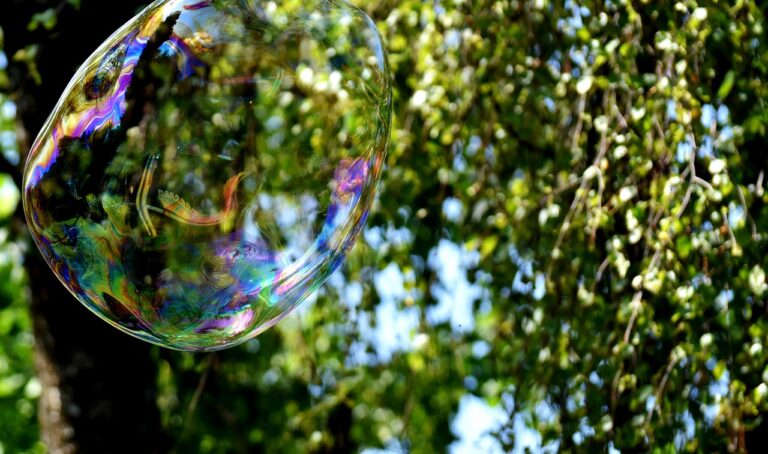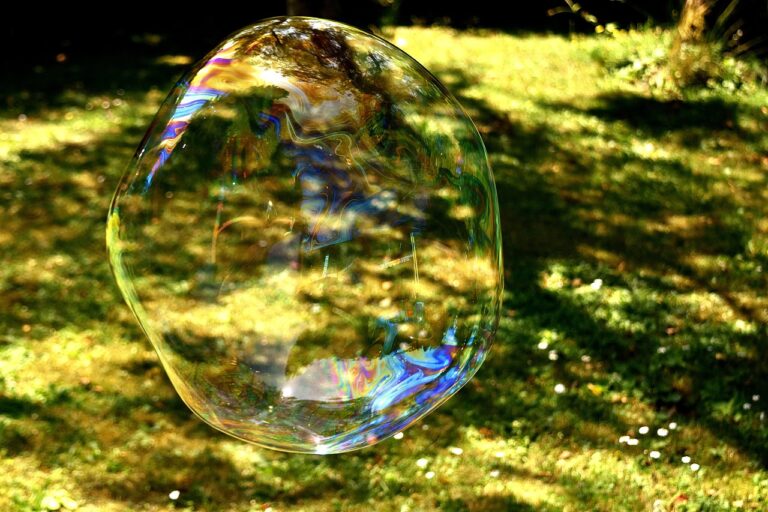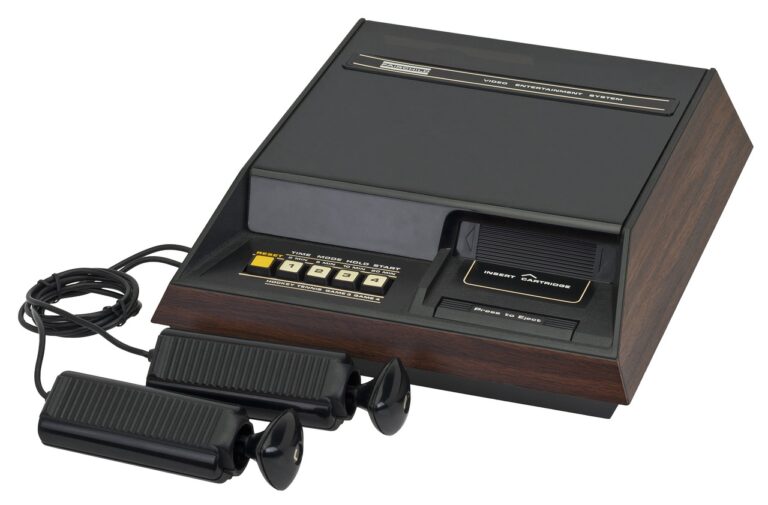AI in Film Restoration and Preservation
Artificial intelligence has been making significant strides in revolutionizing the film restoration process. Leveraging advanced algorithms and machine learning capabilities, AI technologies can now efficiently restore damaged film reels, enhancing their quality and preserving them for future generations. Through the use of AI-powered tools, film restoration experts can now automate tedious tasks such as dust and scratch removal, color correction, and even frame stabilization, saving valuable time and resources in the restoration process.
Furthermore, AI plays a crucial role in identifying and repairing missing or corrupted frames within film reels. By analyzing patterns and referencing existing frames, AI algorithms can seamlessly recreate and fill in these gaps, ensuring a seamless viewing experience for audiences. This capability not only expedites the restoration process but also contributes to the overall preservation of historical and culturally significant films, allowing them to be enjoyed by generations to come.
• AI technologies can efficiently restore damaged film reels
• Automated tasks such as dust and scratch removal, color correction, and frame stabilization
• AI identifies and repairs missing or corrupted frames within film reels
• Analyzing patterns and referencing existing frames to recreate missing gaps
• Contributes to the overall preservation of historical and culturally significant films
The Role of AI in Enhancing Image Quality and Resolution
The use of AI in enhancing image quality and resolution has significantly transformed the field of digital restoration in the film industry. By leveraging advanced algorithms, AI can intelligently analyze and improve pixelated images, resulting in clearer and more detailed visuals. This technology has enabled filmmakers and archivists to breathe new life into old and deteriorated films, preserving them for future generations to enjoy.
Furthermore, AI plays a crucial role in upscaling lower resolution images to higher quality without compromising on clarity. Through machine learning techniques, AI can predict and fill in missing details in images, leading to enhanced sharpness and resolution. This breakthrough in technology has opened up endless possibilities for filmmakers to restore and remaster their works with unprecedented precision and accuracy.
Automated Colorization Techniques in Film Preservation
Colorization techniques in film preservation have undergone significant advancements with the incorporation of AI technology. By utilizing algorithms that can analyze grayscale images and assign color values based on historical references, AI has made the process of colorizing films more efficient and accurate. This automated approach not only saves time for restoration experts but also ensures a consistent and high-quality result, enhancing the visual appeal of classic films for audiences.
Moreover, AI algorithms have the capability to learn from a vast database of colored images, enabling them to make intelligent colorization decisions based on patterns and historical accuracy. This dynamic learning process allows the technology to continuously improve its colorization techniques, resulting in more lifelike and vibrant final outputs. As a result, film preservationists can rely on AI to help revive and breathe new life into vintage films, preserving them for future generations to enjoy in full color.
How does AI revolutionize the film restoration process?
AI technology can automatically enhance image quality, restore color, and increase resolution in old films, making the restoration process faster and more efficient.
What role does AI play in enhancing image quality and resolution?
AI algorithms can intelligently analyze and enhance images, improving details, colors, and resolution without manual intervention, resulting in better quality restoration of old films.
What are automated colorization techniques in film preservation?
Automated colorization techniques use AI to add color to black and white films, bringing new life to old movies and preserving them for future generations to enjoy.







